2014
The first Android Wear smartwatches were released
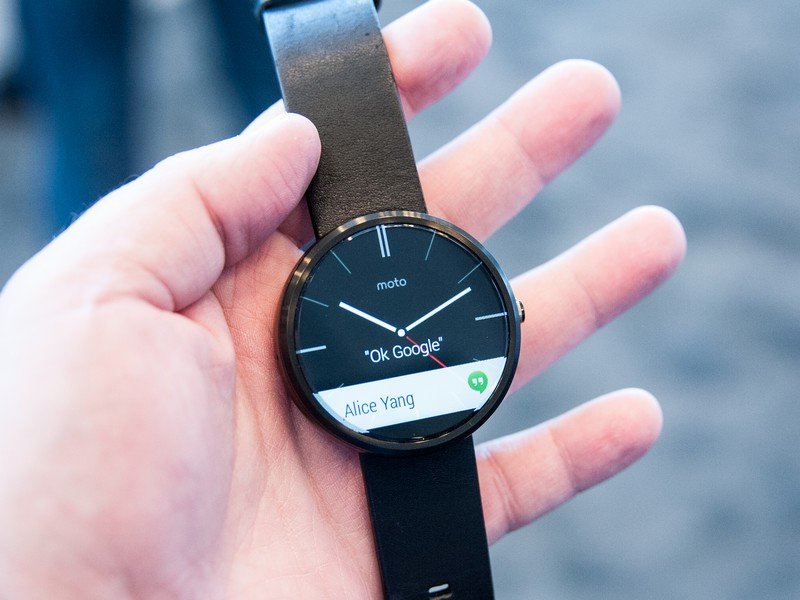
Google made its foray into wearables with Android Wear, a lightweight version of Android designed for low-powered hardware like smartwatches. Google partnered with Samsung, LG, Motorola, and ASUS, and the first wave of smartwatches started rolling out in the latter half of 2014.
The LG G Watch and the Samsung Gear Live were the first Android Wear smartwatches to make their way to customers, but it was the Moto 360 that dominated the headlines. Motorola's smartwatch stood out from the pack because of the round design and the quality of materials — it came with a Horween Leather band — and it also had a better charging mechanism.
Even though the Moto 360 had a flat tire at the bottom of the display for the ambient light sensor, it didn't affect sales. Of course, a huge reason for the success of Android Wear was down to the software: instead of just mirroring notifications from your phone, you could download standalone apps to run on your wrist. The UI itself was designed to be easy to navigate via swipe gestures, and Google surfaced Google Now-style cards for things like alerts, notifications, and more. Sure, Android Wear had its share of issues early on, but it was full of potential.
OnePlus One debuts, math puns ensue
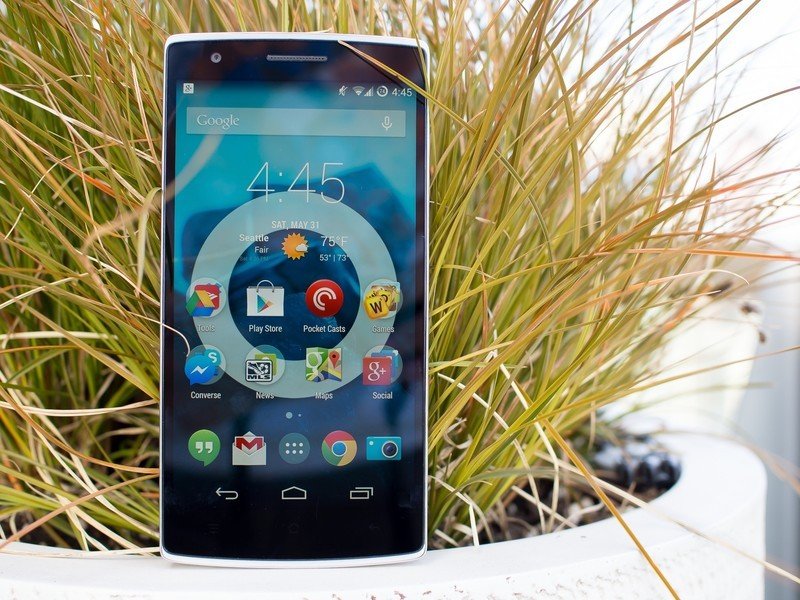
OnePlus burst onto the scene in 2014 with the OnePlus One, and it made every smartphone manufacturer stand up and take notice. OnePlus somehow managed to cram the latest internal hardware into a phone that cost just $299, and in doing so it set the tone for the value segment.
A quick refresh of the hardware: the OnePlus One featured a 5.5-inch 1080p display, Snapdragon 801 chipset, 3GB of RAM, 16/64GB of storage, 13MP camera at the back, 5MP front shooter, and a 3100mAh battery. OnePlus teamed up with Cyangeon to offer a custom version of CyanogenMod 11 out of the box. Initial availability was so limited that OnePlus had an invite system in place: you could only get the device if you had an invite code.
The OnePlus One wasn't a great phone on its own, but its legacy has been felt louder than any other in recent years.
The OnePlus One was a landmark device in the context of Android hardware, because it showed everyone that there was a viable option to "true" flagships. Sure, there were other Chinese manufacturers that were rolling out similarly-priced phones with high-end hardware, but what made OnePlus stand out was the software. The fact that you could get CyanogenMod out of the box and have the ability to tinker with other custom ROMs was a huge deal at the time, and while OnePlus moved software efforts in-house for later models, its partnership with Cyanogen set the foundation for OxygenOS.
Five years later, OnePlus continues to dominate in this category, and while its designs and software have drastically evolved, its value-oriented approach holds true to this day. If you're in the mood for some nostalgia, our OnePlus One review is worth a revisit:
Be an expert in 5 minutes
Get the latest news from Android Central, your trusted companion in the world of Android
Google Cardboard makes VR accessible

Virtual reality has seen a resurgence over the course of the decade, but high pricing remains a barrier to entry. Google sought to fix that with Cardboard, a fold-out VR viewer and software platform that lets anyone access VR content. It was an ingenious idea: you could order a Cardboard VR viewer from Google for $15, assemble it, slot in your phone at the front, and launch a compatible Cardboard app.
Because the hardware itself was just a fold-out cardboard with plastic lenses, you could just build one yourself by following the instructions. What made Google Cardboard stand out was the software platform: Google worked with devs to tailor apps for the Cardboard platform, reducing barrel distortion and creating a stereoscopic effect for full 360-degree immersion.
Based on the app, you could use your phone's motion sensor to navigate or a dedicated control knob on the Cardboard viewer. The ease of use combined with the sheer affordability allowed Google to sell over 10 million Cardboard VR headsets, and you can get your hands on one today for just $15.
Lollipop debuts: it's a Material world after all
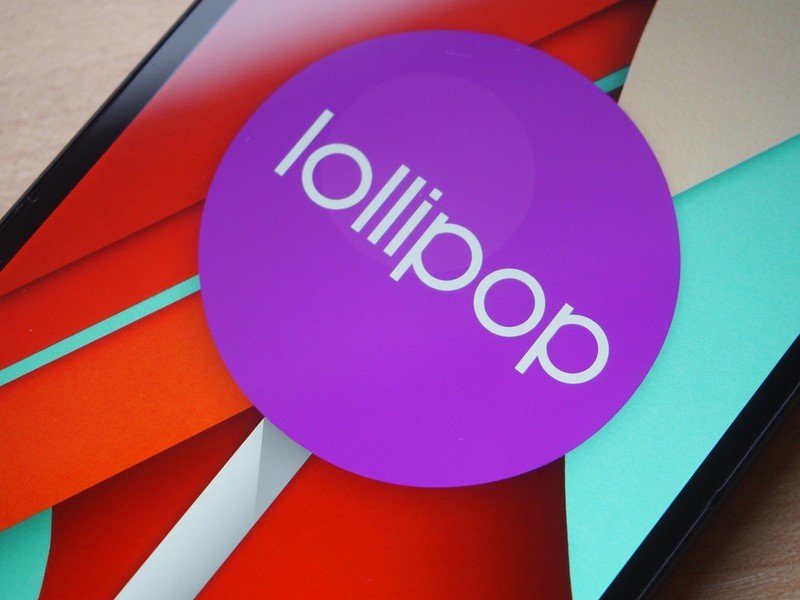
Android 5.0 Lollipop was introduced in October 2014, and it became one of Google's biggest platform releases. Lollipop ushered in the era of Material Design, unifying Google's design language across phones, wearables, TVs, and the web. Until that point, Google's design teams worked in silos, with Gmail on the web featuring a vastly different look to the Android app. All that changed with Material Design, with Google finally rolling out a cohesive look for all of its services.
Lollipop offered a boatload of new features, including actionable lock screen notifications, quick settings toggles, battery saver mode, Smart Lock for seamlessly unlocking your phone with a trusted device, guest mode, screen pinning, low-latency audio, "OK Google" hotword detection, and much more.
Google leveraged Material Design to great effect on Android, overhauling the user interface with fresh colors and a more modern aesthetic. While there have been several visual tweaks over the last five years, the same design language is used on Android to this day.
Android TV makes smart TVs suck less
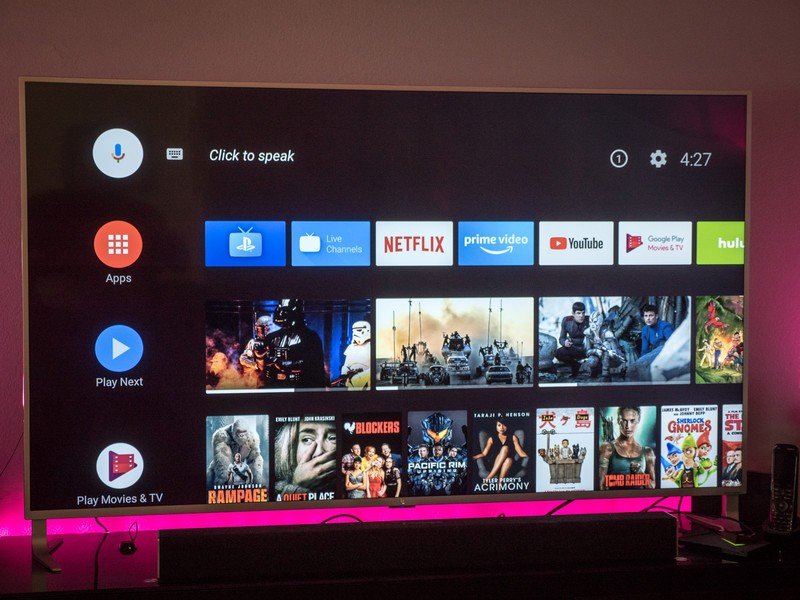
In addition to a wearable OS and a visual overhaul of Android, Google rolled out Android TV in 2014. Android TV introduced a better way to navigate the smart TV interface, with Google controlling the entire user experience. That meant that TV makers could not add their own customization options, making it a bloat-free platform.
Unlike other smart TV platforms, Android TV has a minimal interface, with a focus on discovery. The ability to install apps from the Play Store allowed it to stand out, and with Google Cast integration, it was seamless to cast content from your phone or tablet to the TV. Google also baked Assistant integration into Android TV a few years ago, making it easy to find your favorite shows and movies with a voice search.
Google teamed up with the likes of Sony, Sharp, Vizio, Hisense, and Philips and others to integrate Android TV, and the platform also made its way to streaming boxes. NVIDIA, in particular, delivered the best implementation of Android TV with the Shield TV, and Xiaomi has a budget-focused option in the Mi Box S
Nexus 6 — Motorola's Shamu redefines phablets
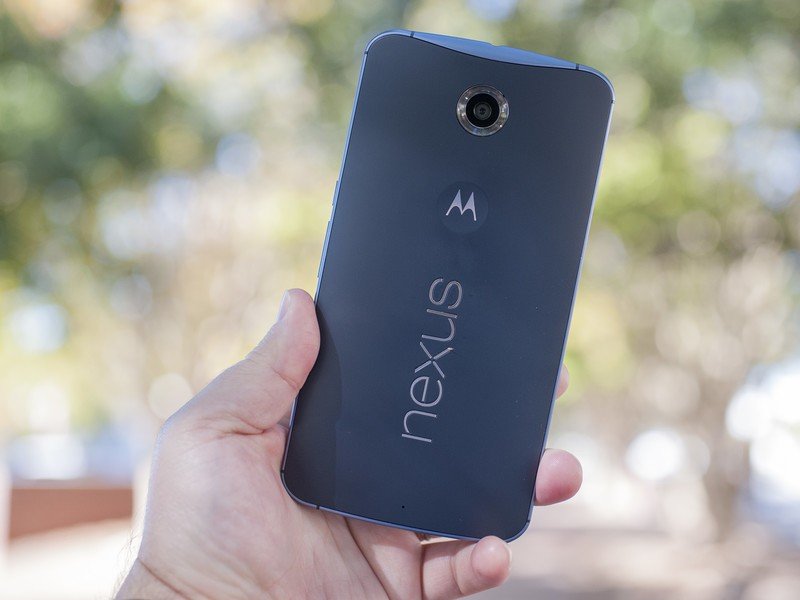
Google teamed up with Motorola to launch the Nexus 6, a phablet if ever there was one. The Nexus 6 was an oversized Moto X with Android 5.0 Lollipop out of the box. It was big, bulky, and awkward to use, and the $649 price tag didn't win fans over either. This thing was the bane of pockets everywhere — coming in at 159.3 x 83 x 10.1mm, it was wider, taller, and significantly bulkier than the Galaxy S10+.
For what it's worth, the large 5.9-inch QHD AMOLED panel was one of the best available at the time, and the phone had stereo speakers at the front and decent battery life. It was a great showcase for Lollipop and Material Design, but it was far from the best Nexus phone.
Xiaomi rolls out the $100 Redmi Note
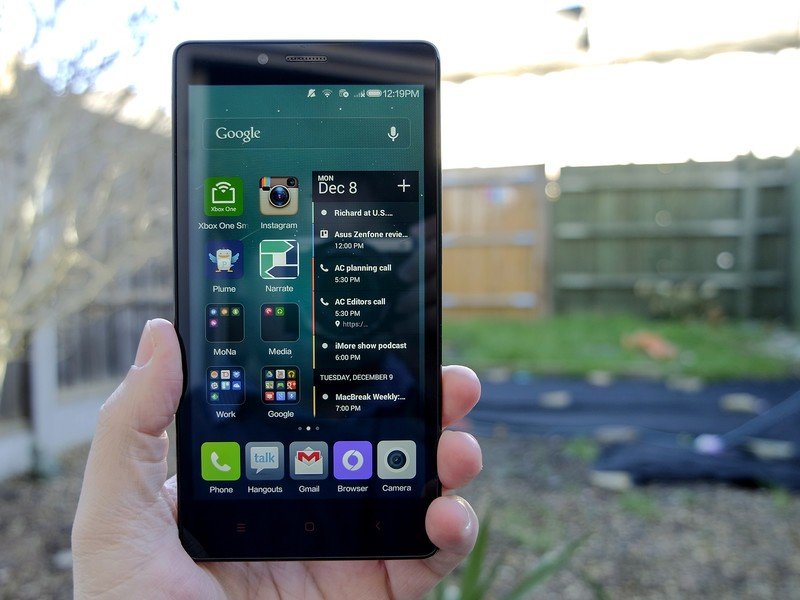
Xiaomi wasn't the first to roll out a $100 smartphone, but the Redmi Note was the first $100 phone that you could actually use for over 30 minutes without getting the urge to throw it out the window. The hardware is pretty modest by today's standards — a 5.5-inch 720p panel, MediaTek MT6592 octa-core chipset, 1GB of RAM and 8GB of RAM with a 32GB MicroSD slot, 13MP camera and a 3200mAh battery — but back in 2014, the Redmi Note redefined the entry-level category.
Basically, the Redmi Note was the first $100 phone that didn't suck. And that was important, because it allowed Xiaomi to make inroads into new markets like India. Before Xiaomi introduced the Redmi Note, the entry-level segment was rife with white-label devices that ran outdated versions of Android. Xiaomi's foray into this category also acted as a catalyst for other Chinese manufacturers to roll out their own options.
Xiaomi continued to iterate on the design of the Redmi Note with better specs and more features, and in 2018 it announced that the Redmi 5A was the best-selling Android phone globally.
Android One launches, immediately flops
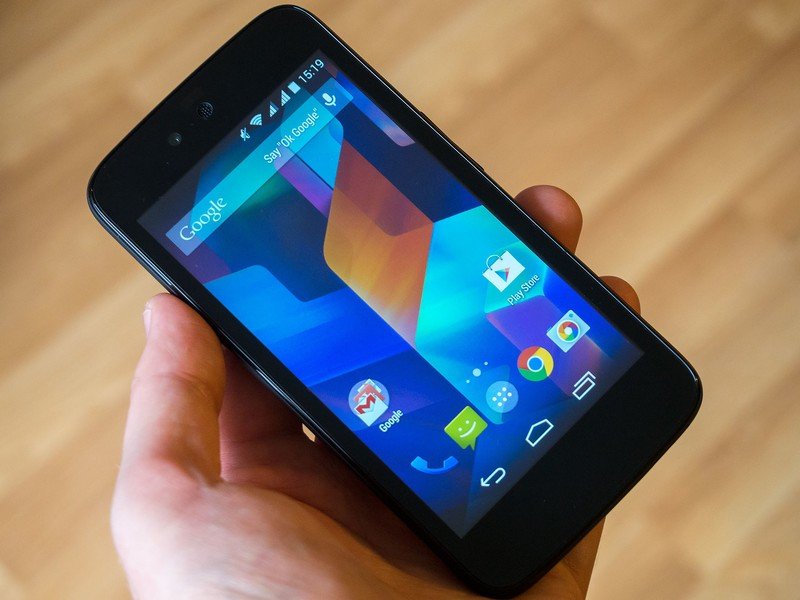
2014 was a monumental year for Google: it made its foray into wearables, rolled out Android TV, and introduced a new design language for Android that is going strong to this day. Google hit another milestone that year, with Android running on over one billion devices.
To coincide with the one billion milestone, Google announced the Android One initiative to roll out affordable devices at under $100. Google rolled out the program in India, teaming up with local players Micromax, Karbonn, and Spice to offer devices with stock Android and the promise of quick updates.
While the idea was great, Google's execution was far from ideal, and Android One failed as a result. Although Google set guidelines for specs, the resultant hardware was underwhelming, and Google's marketing efforts were lackluster to say the least. The end result was that the program fizzled out, and although Google continued to roll out Android One devices in 2015 and 2016, they were underwhelming.
Google finally reevaluated its efforts and launched a new wave of Android One devices in 2017, with Xiaomi leading the charge with the Mi A1. The new wave of Android One devices weren't limited to the sub-$100 price point, and device makers were free to select the specs and use their own designs. That freedom allowed Android One to flourish, with the likes of HMD Global committing to the platform for its entire portfolio of devices.
Google acquires Nest
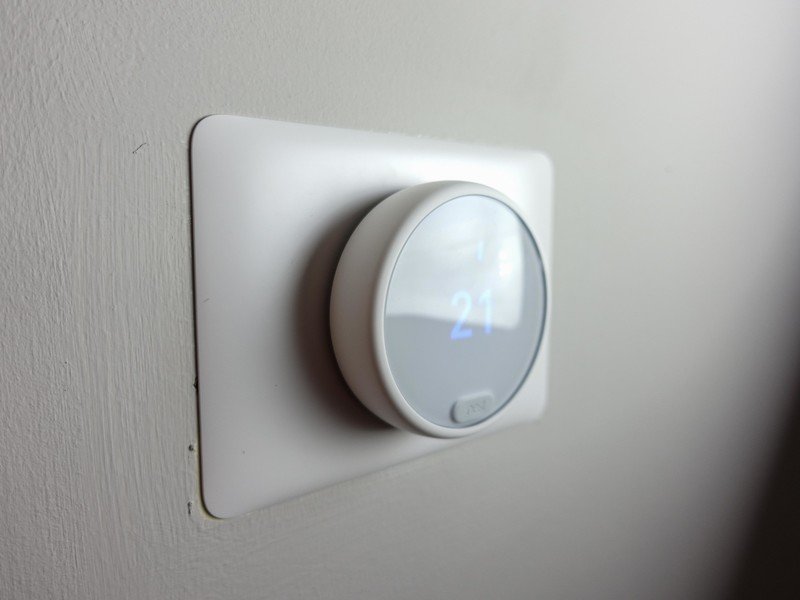
One of the more surprising announcements in 2014 was Google acquiring Nest for $3.2 billion in January. Nest then picked up connected camera maker Dropcam for $555 million later in the year, integrating its product line. Google's decision to pick up Nest was to give the search giant a foothold in the burgeoning internet of things segment, an area where it failed to build momentum with Android@Home.
Although Google stated that Nest would function as its own standalone entity "with its own distinct brand identity," Nest was subsumed into Google's smart home division last year. Google also re-branded its existing smart home products with the Nest moniker, with the Home Hub becoming the Nest Hub, and so on.
Andy Rubin leaves Google
Andy Rubin joined Google back in 2005 after the search giant acquired his startup, Android Inc. Google wanted to kick-start its software operating system with the acquisition, with Rubin overseeing the development of Android. He was in that role until 2013, following which he was moved to Google's moonshots division.
Rubin left Google altogether in 2014, and we had to wait until 2017 to hear all the sordid details. Rubin was found to have had an "inappropriate relationship" with a subordinate while running Android, and even though he was eventually shown the door, he got a $90 million exit package.
More damning evidence surfaced a year later as it was revealed that Rubin was effectively running a "sex ring" with at least five mistresses. The allegations led to a Google employee walkout and CEO Sundar Pichai introducing a new action plan to deal with harassment.
Chinese domination kicks off with Xiaomi
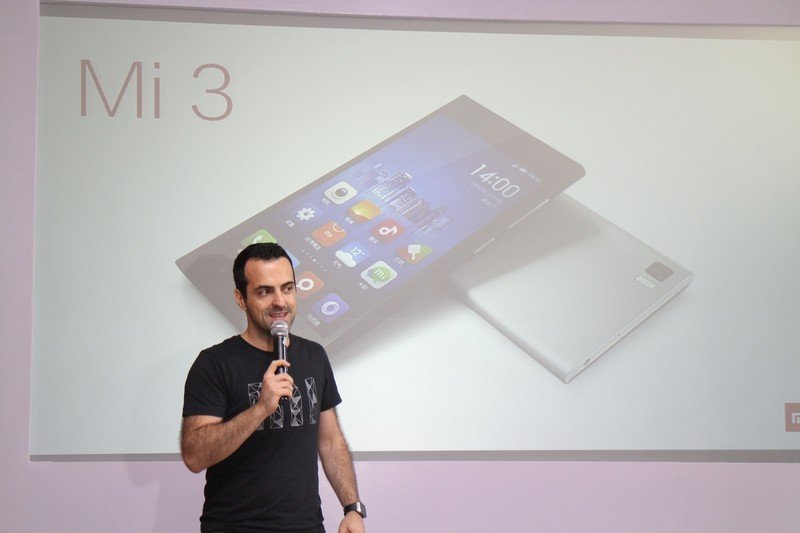
There are few moments that defined India's handset market as much as the arrival of Xiaomi. Prior to Xiaomi's debut, the smartphone scene in the country was dominated by local players like Micromax, Intex, and Lava. But Xiaomi's entry changed all that, and the brand managed to swiftly make its way up the ranks in India on the back of affordable phones that offer great value.
Xiaomi's international expansion was important not just in the context of India, but for the industry as a whole. Xiaomi paved the way for other Chinese brands like OPPO and Vivo to make their debut in global markets, and collectively they pushed out the likes of Sony, HTC, and LG by introducing competitive devices at lower price points.
I'll put the figures into context: back in Q1 2014, the top five global manufacturers were Samsung, Apple, Huawei, Lenovo, and LG. In 2019, that list includes Samsung, Huawei, Apple, Xiaomi, and Vivo/OPPO jointly tied for fifth. Turns out brand loyalty counts for naught when there are savings to be had.
-Harish Jonnalagadda

